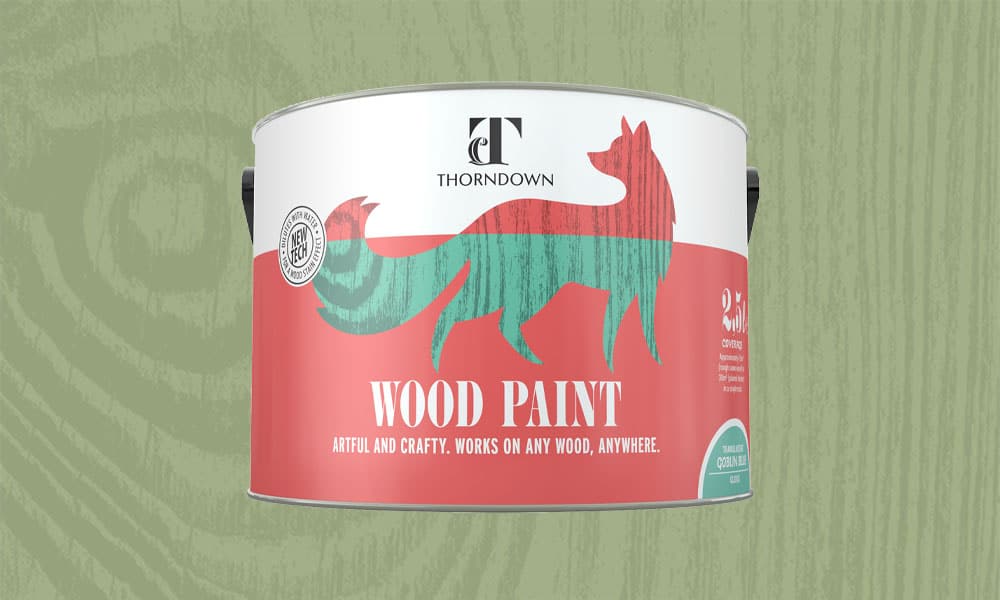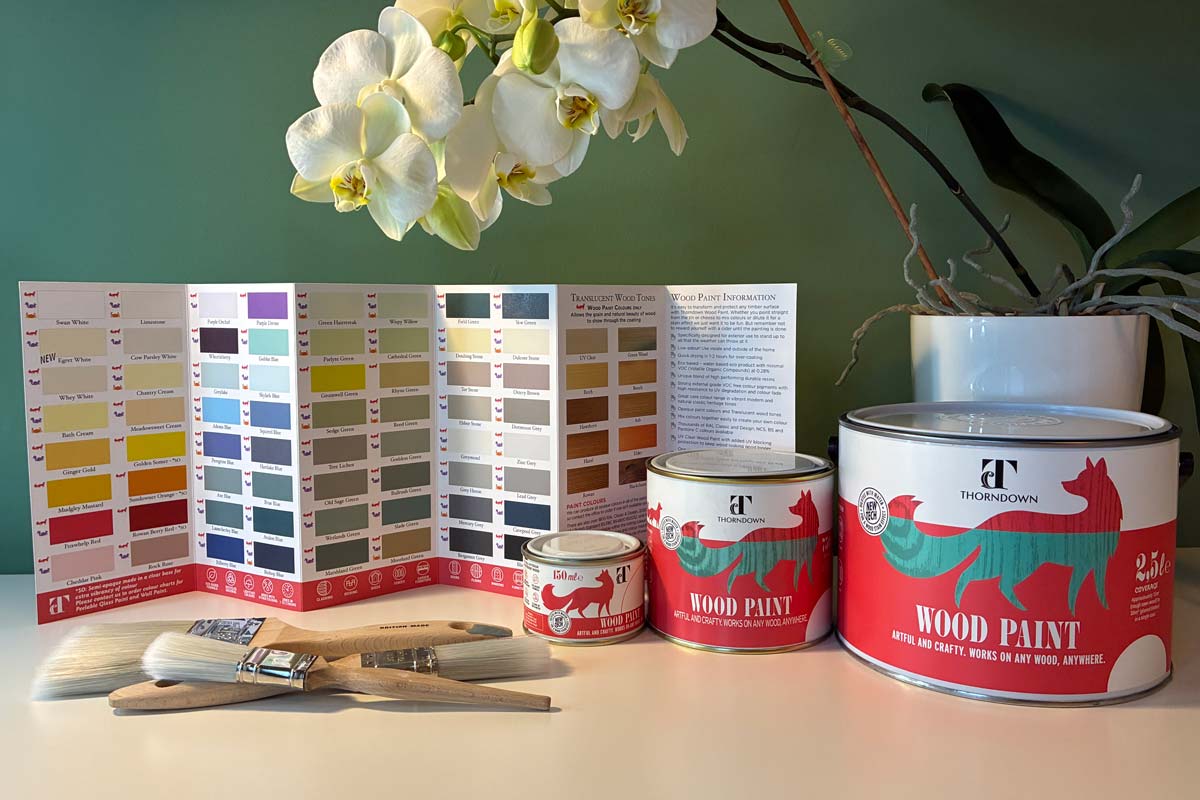
PAINTING EXTERIOR WOOD IN WINTER
Just because it’s cold doesn’t mean you can’t paint, it just takes longer to dry, and drying time is the key.
In summer it can get just as wet and damp but things dry a lot quicker as it’s warmer. So in winter you just need to allow for an extended drying period, change your approach, and select projects according to the conditions.
Our unique blend of high-performance resins means that our Wood Paint (and Wall Paint) can be applied in temperatures as low as 0oC – just don’t let it freeze in the tin or on the wood.
Small projects are the easiest to manage, or simple maintenance coats on sound painted surfaces. Fences can also be good to paint as they’re normally made of thin material that dries quite quickly following rain or drizzle; being vertical the rain also doesn’t soak in as much as it does on horizontal surfaces that rain falls straight onto, and they normally only need one coat.
Having said that you can still get through a large project like painting a shed or summerhouse using these simple tips.
Project Planning:
PREPARATION
Get all of your prep work out of the way in advance so when you get a good weather window you can crack straight on with painting. Check over the surfaces you want to paint to see if you need to fix or fill anything. If any surfaces need washing down, do this well in advance so it’s had plenty of time to dry before painting, when you may just need to brush or wipe down to remove any dust or dirt
that’s settled on it in the meantime.
MOISTURE CONTENT
Don’t try and paint wood if it’s wet as the paint won’t bond properly, which will lead to poor performance and possible peeling.
Moisture content should be <20%. You can measure this with a protimeter.
RAIN
Check the weather to make sure rain isn’t forecast for 24 hours ideally to allow plenty of time for the paint to dry and bond.
WEATHER
A dry sunny day with a breeze is ideal for painting. You can paint if it’s cloudy but just remember that the cooler it is, the longer it will take to dry. It’s a bit like hanging washing out to dry in winter. Clothes can take all day to dry if it’s overcast and cold with little or no breeze.
Air humidity can play an important part too in the drying process and time taken to dry, so bear this in mind when planning.
TEMPERATURE
Thorndown Wood Paint is made with a high-performing acrylic resin that is highly water-repellent and can be used at low temperatures. Chemically it works at 0oC but will be ruined if it freezes whilst still in its liquid form.
Don’t try painting at the crack of dawn. Allow the surface that you want to paint to warm up first. In full sun this can be 10-11am, or midday if the sun hasn’t been out. Starting at this time of day will also allow a decent amount of daylight and warmth for drying time before it gets dark and temperatures drop.
DRYING
As a rule of thumb you should at least double drying times in the winter. Remember the second coat takes a lot longer to dry and although a surface can be touch dry, it won’t be fully dry as the drying process can carry on for hours.
COATS
One of the best tips is to split your coats over two separate dry days. Applying one coat will give a good level of protection.
Paint this first coat on using guidelines as above, then walk away and leave it. Come back to it on the next good weather window and paint on a second coat.
This method is especially essential if you’re painting doors, windows, or window frames. If you close a door or a window before the paint coating is fully dry then it will stick to the frame and become dented or get pulled apart when you next open it. By allowing the paint coat plenty of time to dry, the bonding and curing process will have had time to finish before putting pressure or impact on it.
Please refer to product information and advice on the website for full standard details on preparation and painting.
You can download this Thorndown Wood Paint Painting in Winter Tips guide as an easy to refer to pdf.

